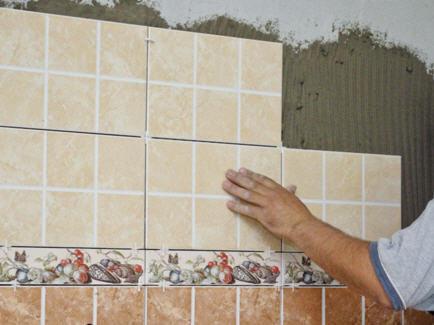Prime Walls Prior To Tile

Prime the surface prior to the tiling.
Prime walls prior to tile. Some masonry surfaces can have a high ph level which will cause adhesion problems if you apply paint directly to the surface. Prime the area to seal the new drywall. Patch any cracks or holes with spackling compound and sand smooth. How to prepare a surface for a tile primer 1.
The technique of layering means for you to apply one layer of filler and let it dry before you apply the next coat. Prime the wall with thinset and allow ample drying time. Remove any debris blobs of plaster gypsum or anything that will create raised points in the substrate. Wipe down with a damp cloth to remove any remaining dust and allow to dry.
Use a 2 inch nylon polyester paint brush or corner pad to apply primer at all corners or places where walls moulding and ceilings meet. A key technique in knowing how to apply primer to walls is the cut in cutting in is basically outlining the wall with a 2 to 3 inch band around the edges. Do a precise measurement of the surface. My question is do i need to prime a wall somehow.
Prime an area larger than you plan to tile to minimize the cut in work when you paint the rest of the room. My tiler said to get some pva for priming after looking on the web i understand pva should not be used for bathroom tiling priming. If there are patches of. There are several reasons why it is a good idea to apply a masonry primer before paint.
Sand any high or uneven spots to create a level surface prior to tile installation. Or prime and paint the entire wall room before starting with your tile project. A quality masonry primer will allow you to safely paint over a wider range of ph levels without risk of adhesion loss. Start with planning your wall tile installation.
Or do i just put the adhesive straight on the wall and stick the tiles on like i always thought.













































